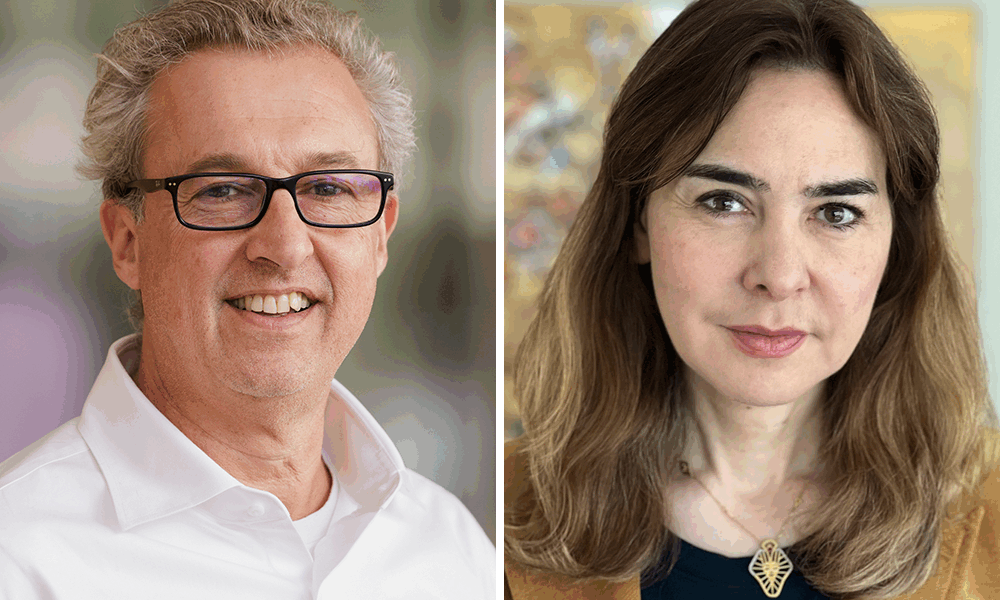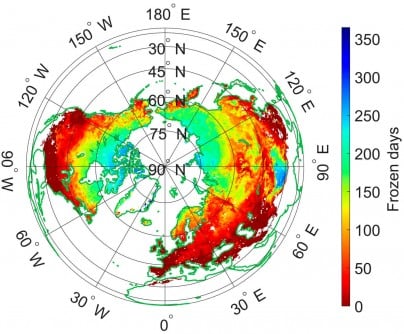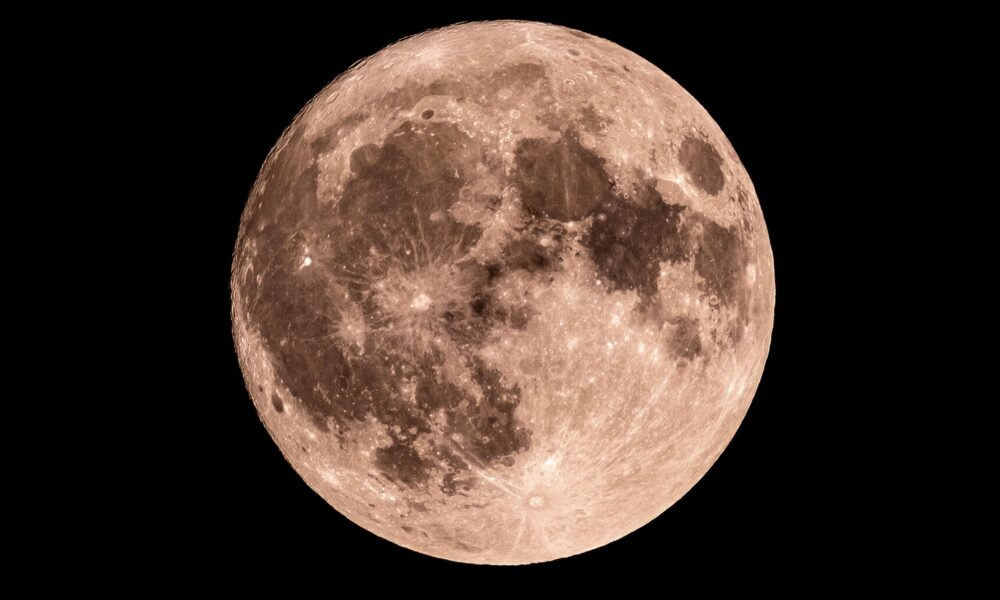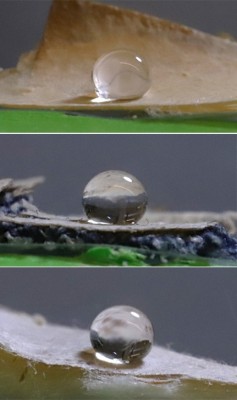A geoengineering startup, Stardust Solutions, has successfully raised $60 million to support its efforts in developing technology aimed at dimming the Sun and countering global warming. This funding marks the largest fundraising round for any company in the geoengineering sector, according to Politico. Investors include notable figures from Silicon Valley along with an Italian industrial dynasty, highlighting the growing interest in innovative approaches to climate change.
The concept of geoengineering, while straightforward, remains controversial among scientists. The technique involves dispersing aerosol particles into the atmosphere from aircraft or weather balloons to reflect sunlight away from the Earth. Yanai Yedvab, CEO of Stardust and a former physicist for the Israeli government, acknowledged that while this method, termed “solar radiation management,” could help manage temperature, it will not entirely eliminate extreme weather events. “We’re not preventing them altogether,” Yedvab stated.
The significance of this funding is amplified by the fact that Stardust Solutions operates as a private entity, unlike many other similar initiatives often spearheaded by educational institutions or non-profits. The company aims to develop a novel type of particle that can be produced in large quantities at a low cost, which Yedvab believes will be safer and more effective than traditional sulfate aerosols. He emphasized the need for a material that is as safe as common substances like flour.
The company is currently working on securing a patent for its proprietary particle and plans to conduct “controlled outdoor experiments” as soon as April 2024. These experiments will involve releasing particles from a modified aircraft at an altitude of approximately eleven miles.
Despite the ambitious plans, skepticism surrounds the concept of geoengineering. Critics highlight significant governance issues, questioning who would be responsible for deciding where and how these particles would be released. Concerns also extend to the potential unknown risks associated with altering the climate system. For instance, city officials in Alameda, California, halted an unannounced experiment last year involving cloud-brightening particles, reflecting apprehension within local authorities about such initiatives.
The scientific community has voiced its reservations as well. David Keith, a professor at the University of Chicago, expressed doubts about the feasibility of creating a particle that surpasses the effectiveness of sulfates. He underscored the challenges posed by decades of research indicating the complexities involved in geoengineering.
Additionally, climate economist Gernot Wagner from Columbia Business School cautioned against the notion that a government would purchase Stardust’s technology for billions, resulting in substantial profits for investors. He described this expectation as unrealistic given the current climate of skepticism and uncertainty surrounding such innovative approaches.
Yedvab maintains that any deployment of their technology will be governed by strict guidelines established by national authorities. “When you’re dealing with such an issue, you should have very clear guiding principles,” he noted.
As the climate crisis escalates, the stakes for solutions like those proposed by Stardust Solutions rise. The outcome of their experiments and the broader implications of geoengineering will undoubtedly be monitored closely by both the scientific community and policymakers worldwide.






